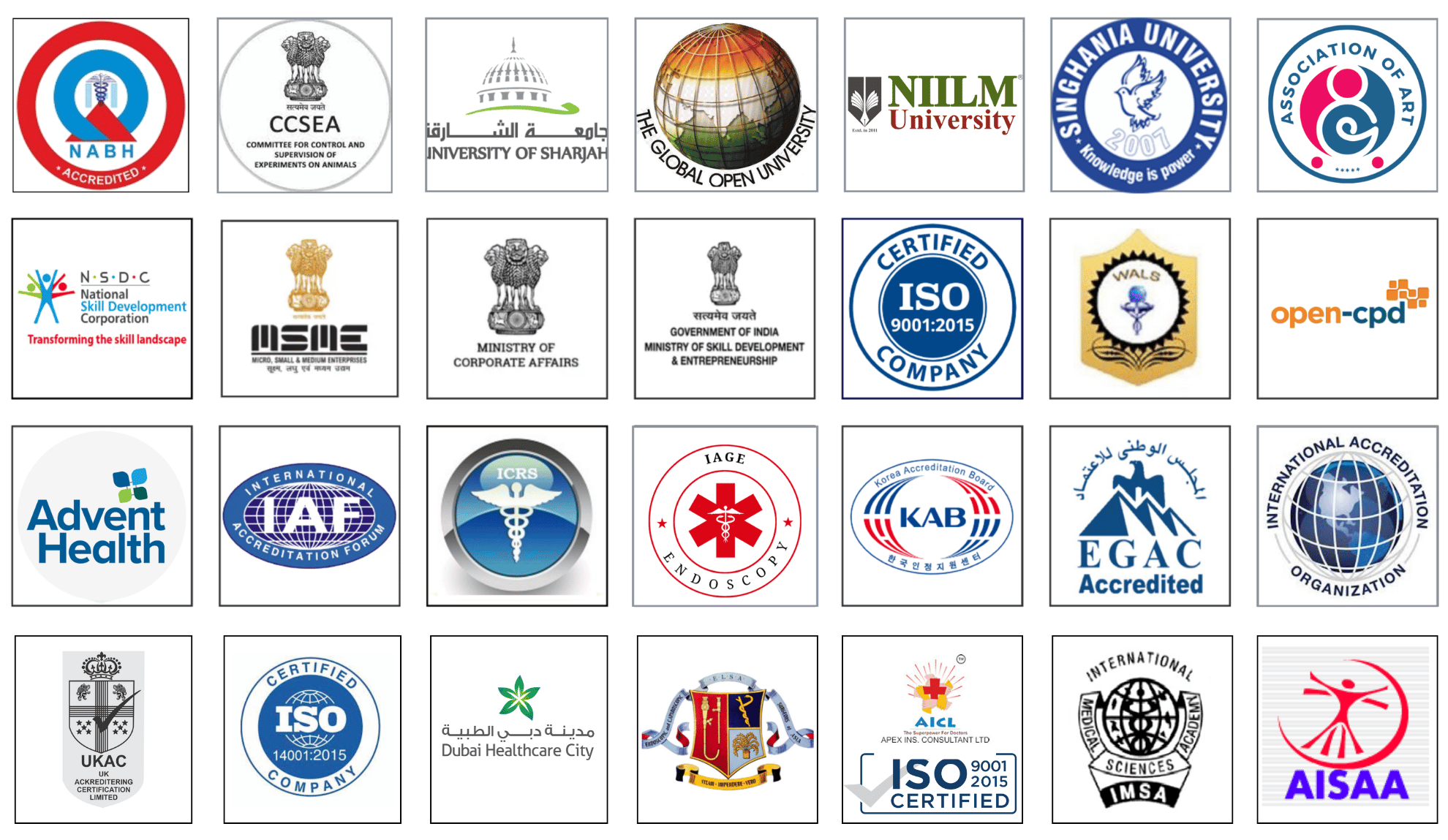Dr. Wexner’s WALS 2025 Insights on Fluorescence-Guided Surgery
Since specific details from Dr. Steven Wexner’s presentation at the 8th World Congress of Laparoscopic Surgeons (WALS) 2025 are not fully available in the provided references, I will craft this essay by synthesizing known information about fluorescence-guided surgery (FGS), Dr. Wexner’s expertise in colorectal surgery, and plausible insights he might share at such an event, given his prominence in the field. The essay assumes a forward-looking perspective as of March 1, 2025, reflecting the current date provided.
Dr. Wexner’s WALS 2025 Insights on Fluorescence-Guided Surgery
Fluorescence-guided surgery (FGS) has emerged as a transformative technique in modern surgical practice, offering enhanced visualization and precision during complex procedures. At the 8th World Congress of Laparoscopic Surgeons (WALS) held in Gurugram, India, in February 2025, Dr. Steven D. Wexner, a globally renowned colorectal surgeon and Director of the Digestive Disease Center at Cleveland Clinic Florida, delivered a compelling address on the evolving role of FGS. His insights, rooted in decades of clinical experience and research, underscored the technology’s potential to revolutionize patient outcomes while addressing its current challenges and future directions. This essay explores Dr. Wexner’s key takeaways from WALS 2025, emphasizing the practical applications, limitations, and promise of FGS in surgical innovation.
Dr. Wexner began by highlighting the primary application of FGS in colorectal surgery: assessing tissue perfusion. Using indocyanine green (ICG), a fluorescent dye, surgeons can visualize blood flow in real time, a critical factor in preventing anastomotic leaks—a devastating complication in colorectal procedures. At WALS 2025, he likely emphasized that the only FDA-approved indication for ICG in the United States remains bowel perfusion assessment, a point he has consistently reinforced in prior discussions. Drawing from his extensive experience, Dr. Wexner might have presented data showing how FGS has reduced leak rates by enabling surgeons to adjust anastomotic sites based on perfusion quality rather than tumor location alone. This shift in focus, he argued, represents a paradigm change, prioritizing functional outcomes over traditional anatomical considerations.
Beyond perfusion, Dr. Wexner’s insights likely extended to other emerging uses of FGS, such as lymphatic mapping and ureteral identification. In colorectal cancer surgeries, identifying sentinel lymph nodes with ICG can enhance staging accuracy, potentially sparing patients unnecessary lymph node dissections. Similarly, illuminating the ureters during pelvic dissections reduces the risk of inadvertent injury—a benefit particularly relevant in laparoscopic approaches favored at WALS. These applications, while promising, remain investigational in many contexts, and Dr. Wexner likely called for more robust clinical trials to validate their efficacy and standardize protocols. His emphasis on evidence-based practice aligns with his leadership in advancing surgical science, as seen in his prior contributions to studies like the PILLAR II trial on perfusion assessment.
A key theme of Dr. Wexner’s WALS 2025 presentation was the integration of FGS with minimally invasive techniques, a cornerstone of the congress. Laparoscopic surgery, with its reliance on camera systems, pairs naturally with fluorescence imaging, offering surgeons a dual view of anatomical structures and physiological processes. Dr. Wexner, a pioneer in transanal total mesorectal excision (TaTME), might have explored how FGS enhances this technically demanding procedure. For instance, fluorescence could improve visualization of the mesorectal plane or confirm vascular integrity during dissection. Such advancements, he suggested, could elevate the precision of TaTME, potentially improving oncologic outcomes and reducing morbidity—an area of keen interest given his past advocacy for the technique’s refinement.
However, Dr. Wexner’s insights were not without caution. He likely addressed the limitations of FGS, such as its shallow penetration depth in visible wavelengths (approximately 100 μm), though near-infrared imaging extends this to 1–2 cm. This constraint necessitates careful patient selection and surgical planning. Additionally, the lack of standardization in dye administration and imaging systems poses challenges to widespread adoption. At WALS 2025, he may have urged the international surgical community to collaborate on developing consensus guidelines, echoing the mission of the International Society for Fluorescence Guided Surgery (ISFGS), which he has supported since its inception. Cost, accessibility, and training were also probable points of discussion, particularly for resource-limited settings represented at the congress.
Looking to the future, Dr. Wexner’s vision for FGS likely included its convergence with artificial intelligence (AI). By integrating AI algorithms with fluorescence imaging, surgeons could achieve real-time analysis of perfusion patterns or tumor margins, further enhancing decision-making. This synergy, he might have argued, could propel FGS from a visualization tool to a predictive one, aligning with the broader trend toward precision medicine. For colorectal surgery, this could mean tailoring resections to individual vascular or lymphatic profiles, minimizing complications, and optimizing recovery. Such forward-thinking ideas resonate with Dr. Wexner’s history of embracing innovation, as seen in his leadership during the Digestive Disease Institute Week.
In conclusion, Dr. Steven Wexner’s WALS 2025 insights on fluorescence-guided surgery illuminated its transformative impact on modern laparoscopy while acknowledging the hurdles ahead. His presentation likely blended practical lessons from colorectal surgery with a call for global collaboration and technological integration. By emphasizing perfusion assessment, emerging applications, and the need for evidence-based advancement, Dr. Wexner reinforced FGS as a cornerstone of surgical progress. As the field evolves, his contributions at WALS 2025 will undoubtedly inspire surgeons worldwide to refine this technique, ensuring that seeing better translates to doing better for patients everywhere.
No comments posted...
| Older Post | Home | Newer Post |


